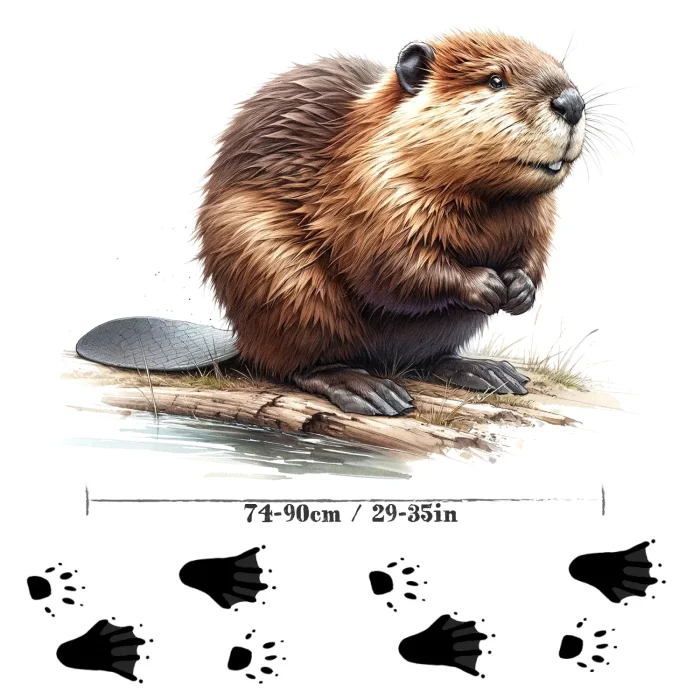

American Beaver
North American Beaver, Canadian Beaver
Castor canadensis
This page may contain affiliate links.
Read our disclosure and privacy policy here.
Imagine you’re walking by a river and you spot a large, dome-shaped lodge in the middle. That’s the handy work of nature’s master builder, the American Beaver! Found in freshwater habitats across North America, these remarkable rodents are second only to humans in their ability to reshape their environment. With their strong teeth and powerful tails, beavers are the architects of the animal kingdom, creating homes and dams that are true marvels of natural engineering. Known for their ‘busy’ nature, these creatures never stop working, whether it’s maintaining their dams or caring for their kits. They play such a crucial role in their ecosystemAn ecosystem is a community of living organisms, like insects and birds, and non-living components, like water and rocks, that interact with each other in a specific area. Learn More that without them, many other species would struggle to survive.
American Beaver

There’s a lot to explore right where we are, in our own neighborhoods and backyards! Join us while we get off the couch and explore the everyday wonders of nature, science, space, engineering, art, and anything else we stumble upon during on our adventures.







